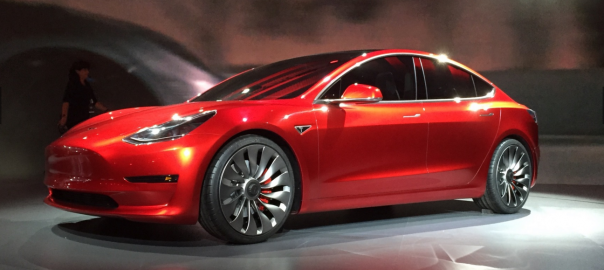Last week, I explained a dismaying reality for planet-savers everywhere: Not even mega-blowout sales for Tesla’s new Model 3 sedan are enough to substantially green and decarbonize our global transportation system. There are simply too many cars on the road and too many new cars sold each year — the vast majority of which run on gasoline, not electricity, and will for some time.

What this means is that we’re probably now at the beginning of a gradual, rather than rapid, electrification of the transportation sector. Yeah, it’ll help out when it comes to greenhouse gas emissions — especially as the electricity that powers Teslas and other electric cars also becomes greener — but it probably won’t do so fast enough to save us in the critical two decades or more when all the big decisions about the planet’s future need to be made.
So how is it possible to scale up faster? Well, one answer may come by looking at the example of a country that has already done just that: Norway, where electric vehicles were fully 18 percent of new cars sold last year.
In a new paper in Applied Energy, Måns Nilsson of the Stockholm Environment Institute and Björn Nykvist of the KTH Royal Institute of Technology in Stockholm examine the policy moves that made this kind of high growth possible, using Norway and several other examples from around the world to drive their analysis.
The gist? You essentially need two things — public policies that address the current higher cost of these vehicles (through tax breaks or rebates) until those costs decline, and then other public policies that do something else: Get past people’s psychological blocks when it comes to driving electric vehicles. That’s a very big issue when people are used to pumping gas rather than charging, and so develop ‘range anxiety’ — the fear that their EV will run out of juice far from a recharging station.
“When you start to change some of the economic incentives, you get the first movers,” says Nilsson. “But then what we have seen is this norm change, that it’s like a cultural shift in certain pockets, typically certain communities, it could be certain suburbs, certain cities, where the electric car becomes the norm.”
Read more: Washington Post
